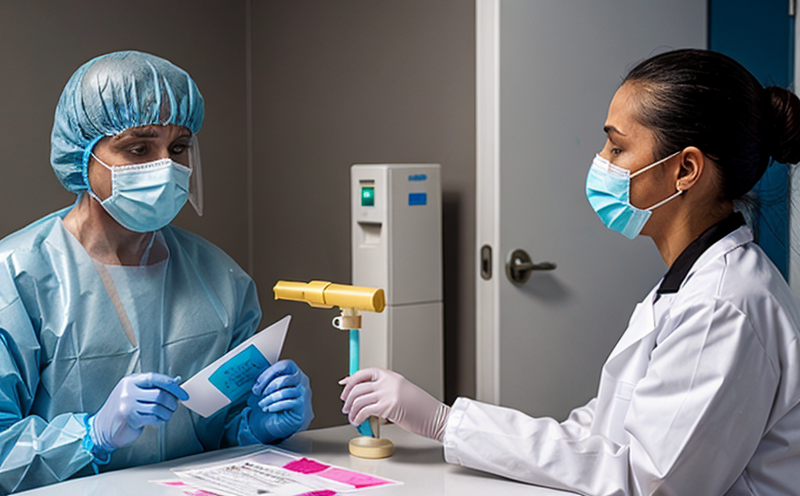Pasteurella multocida Testing in Poultry (Fowl Cholera)
The bacterial pathogen Pasteurella multocida is a significant cause of respiratory and systemic infections in poultry. Fowl cholera, the disease it causes, can lead to severe economic losses due to reduced egg production, mortality rates among young birds, and increased veterinary costs. Accurate diagnosis through laboratory testing is crucial for effective control measures.
The bacterium has several serotypes (A, B, C1, D, F), with P. multocida serotype A being the most common cause of fowl cholera in commercial poultry populations. The incubation period can vary widely depending on environmental factors and the virulence of the specific strain. Early detection allows for rapid implementation of treatment protocols to mitigate spread.
Standard laboratory methods include isolation from clinical samples, Gram staining, biochemistry tests, and serological assays like agglutination tests. Modern molecular techniques such as PCR (polymerase chain reaction) provide a more sensitive and specific means of detecting P. multocida. This service ensures accurate identification to support effective quarantine measures and vaccination programs.
The prevalence of this bacterium can vary by region, strain virulence, and husbandry practices. In regions with high poultry density, the risk of outbreaks is higher. Laboratories must maintain strict biosafety protocols when handling samples from infected birds to prevent cross-contamination within the facility.
Understanding the pathogenesis of P. multocida is essential for developing appropriate diagnostic strategies. The bacterium primarily colonizes respiratory tracts, where it produces exotoxins that contribute to disease symptoms. This knowledge informs sample collection practices and test design in the laboratory.
The application of advanced molecular techniques not only enhances detection sensitivity but also provides rapid results, crucial during an outbreak. Real-time PCR can differentiate between live virulent bacteria and non-virulent strains, aiding in targeted treatment decisions.
Accurate identification is vital for effective disease control strategies. This includes the implementation of vaccination programs tailored to local serotypes and the use of antibiotics where indicated. By identifying infected birds early, flock health can be maintained more effectively, thereby reducing economic impacts on poultry farms.
Why It Matters
Pasteurella multocida testing is essential for maintaining high standards in poultry production and ensuring the quality of meat products. Accurate diagnosis allows for early intervention strategies that can prevent large-scale outbreaks, which are detrimental to both animal welfare and human health.
- Reduces mortality rates among young birds
- Aids in the identification of disease carriers within flocks
- Supports the implementation of targeted vaccination programs
- Promotes biosecurity measures by identifying infected areas early
- Facilitates the development of effective treatment protocols for affected birds
The economic impact of fowl cholera is substantial, affecting not only poultry producers but also consumers who rely on safe and high-quality meat products. By investing in robust diagnostic services, stakeholders can minimize these risks.
Industry Applications
The application of advanced diagnostic techniques is critical for maintaining poultry health and productivity. This service aligns with international standards such as those published by ISO, ASTM, and EN, ensuring compliance with global best practices in animal health management.
Poultry producers can benefit from this testing to ensure the quality and safety of their products. By adhering to these standards, they demonstrate a commitment to responsible farming practices that benefit both consumers and the environment.





